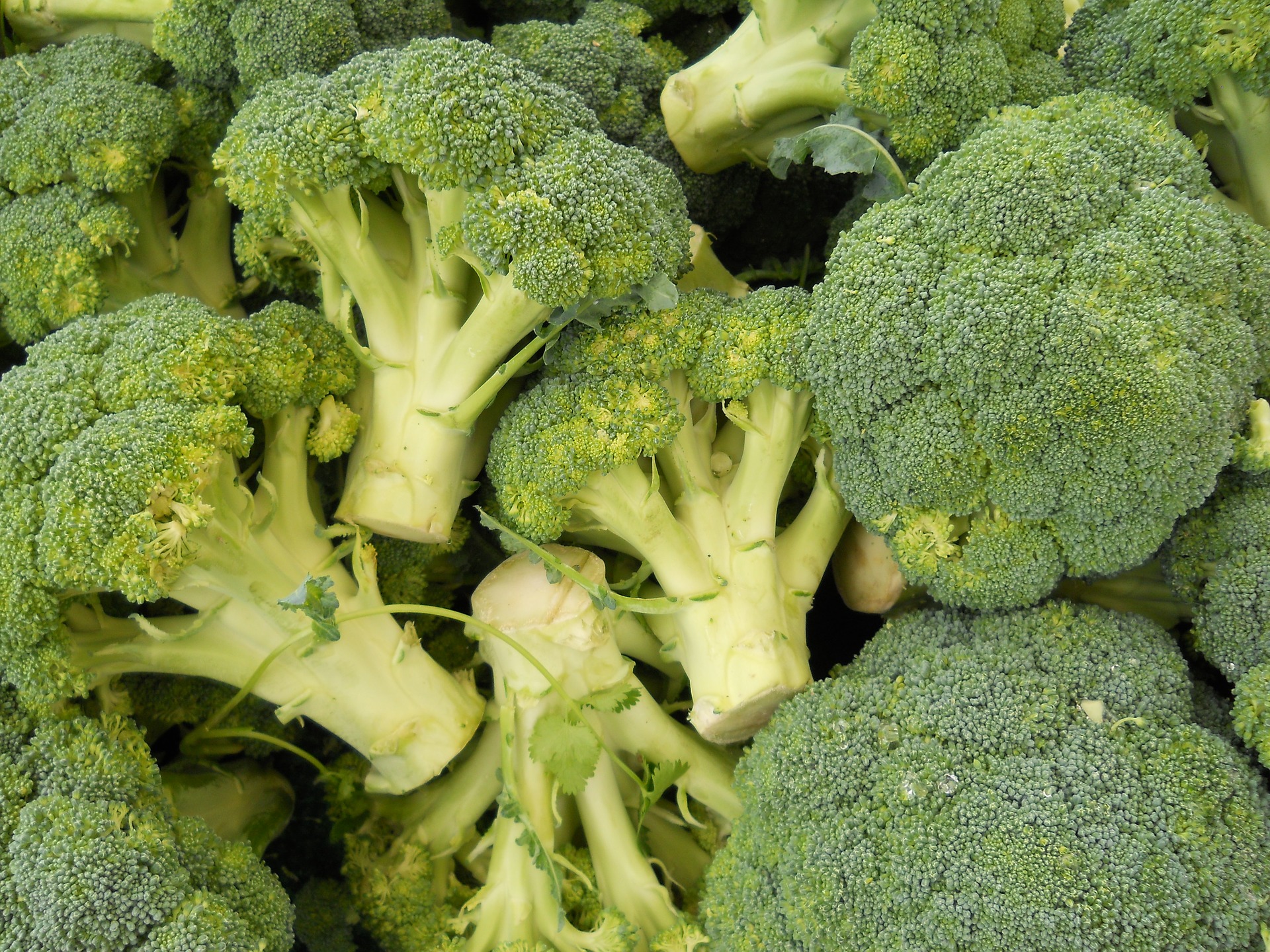This article describes the irrigation of plantations to ensure proper growth and development of broccoli, leading to a high-quality and healthy final product. The care of plantations, including pest protection, will be described in a separate article.
Pre-planting irrigation is performed only when soil preparation for planting or seedling transplantation is hindered by a lack of moisture. Typically, this irrigation is needed to moisten the soil layer up to 20 cm deep. However, if the soil is dry below 20 cm, it should be moistened to a greater depth: 30, 40, or even 50 cm, depending on soil characteristics and seedling type.
Proper Water Dosage in Irrigation
Proper water dosage is very important in irrigation practices. There are two key elements in water dosing:
- Irrigation Rate
- Irrigation Timing
Irrigation Rate
The amount of water added per irrigation (m³/ha or in mm). The rate should moisten the soil to its field water capacity, meaning it depends on the soil type. Determining the irrigation rate requires knowledge of soil moisture before irrigation and the soil’s water properties. The difference between the field water capacity and the current soil water content represents the irrigation rate.
Irrigation Timing
This represents the precise moment to apply the irrigation rate, which is crucial for successful and efficient irrigation. If the timing is determined by guesswork, irrigation is inefficient and can be harmful.
To grow broccoli, soil moisture must be maintained at 70-80% of the field water capacity at a depth of 30 cm, where the main roots are located.
To achieve the optimal irrigation timing and determine the irrigation rate, thus ensuring efficient and rational water use, it is necessary to use soil moisture meters.
Furrow Irrigation
Furrow irrigation is an older method for cultivating vegetable crops. The system consists of a supply canal, distribution canals, distribution furrows, furrows, and portable weirs. Distribution furrows can be replaced with plastic, rubber, or metal pipes that transfer water from the distribution canal to the furrows. The system can be improved by using portable pipelines. This method does not disturb soil structure and reduces the formation of a crust, using less water, which is why it has remained in use.
Sprinkler Irrigation
This method distributes water over the soil surface like natural rain.
Advantages of Sprinkler Irrigation:
- Usable in various topographic conditions
- Minimal or no preparatory soil work needed
- Does not occupy arable land
- Does not reduce mechanization usage
- Economical water use due to accurate dosing
- Less soil physical deterioration
- Suitable for irrigating newly sown fields and young plantations
- Possible to apply fertigation
The sprinkler system can be portable, semi-permanent, or permanent. Portable systems have all parts movable, connected by quick couplings. Semi-permanent systems have a fixed water intake and main pipeline, while rain wings and sprinklers are portable. Permanent systems have all parts fixed, with sprinklers connected to a pipe network often placed underground.
Each system consists of a water intake, pipe network, sprinklers, and fittings. The water intake can be gravitational or use a pump. The pipe network carries water from the source to the sprinklers, consisting of suction pipes, main pipelines, and rain wings. Sprinklers distribute water in droplet form, requiring accurate operation to be effective.
Sprinklers vary by water pressure, throw range, water output, sprinkling area, intensity, nozzle type and number, drive method, and sprinkling technique. The correct choice of sprinklers is crucial for efficient irrigation. For vegetable crops, low-intensity, short-range sprinklers are best.
Uniform sprinkling is a key feature of sprinklers, but wind can disrupt it. Typically, most water falls near the sprinkler, decreasing towards the throw’s end. To achieve uniform coverage, sprinklers should be spaced appropriately. The system’s layout depends on water sources, topographic conditions, and parcel size and shape.
Drip Irrigation
Drip irrigation allows for watering at any time of the day without causing shock from cold water on hot plant parts. By avoiding leaf wetting, it reduces fungal disease risks. This system operates at low pressure, minimizing disruption of soil structure and reducing energy consumption. Localized water application reduces evaporation or leaching losses (water savings).
Drip irrigation also enables fertigation, applying liquid fertilizers with irrigation.
A significant issue with drip irrigation is emitter clogging, either mechanical or chemical. Clogging is linked to water quality and its physical, chemical, and microbiological factors. Filters prevent mechanical clogging. Chemical clogging results from insoluble salts forming at the emitter opening or within.
The drip system includes a driving unit with a system head, filter unit, main pipeline, lateral or distribution pipes, and emitters. The emitter reduces working pressure and releases water as droplets onto or into the soil. Drip irrigation can be surface or subsurface, with pipes and emitters above ground or buried.













































